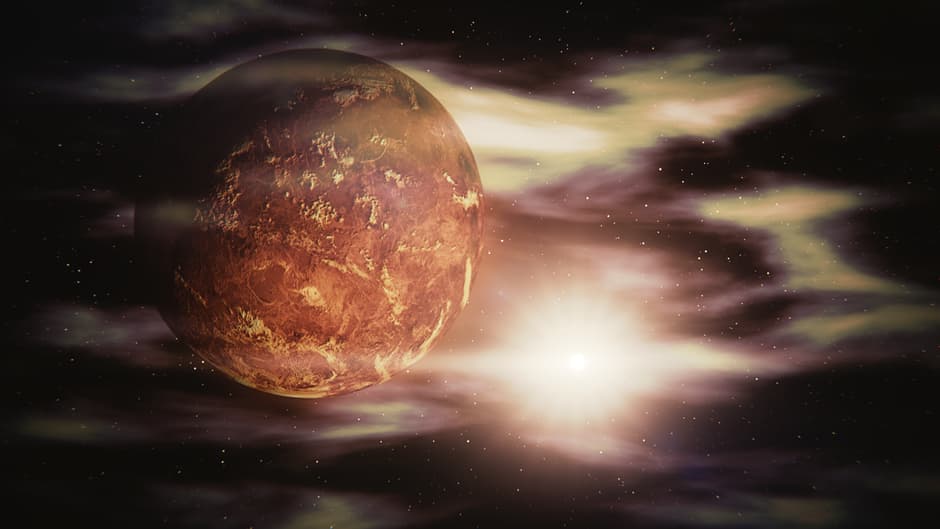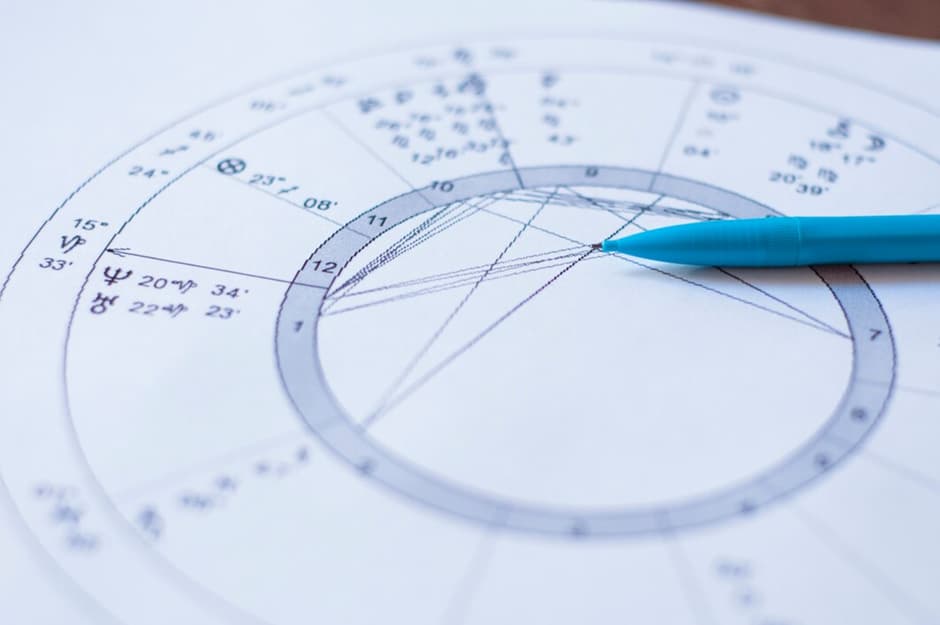Astrological compatibility is often oversimplified in popular culture, with most people focusing solely on their Sun signs to determine whether a relationship will flourish. While Sun signs are undeniably significant, they are just the tip of the iceberg in astrological compatibility. For a more nuanced and accurate understanding of relationships, it’s essential to delve into the placements of the Moon and Venus in a person’s natal chart. These celestial bodies provide deeper insights into emotional needs, love languages, and the way individuals connect on an intimate level.
The Moon’s Influence on Emotional Compatibility
The Moon in astrology represents our innermost feelings, emotional needs, and subconscious mind. It governs how we nurture and seek comfort, playing a crucial role in how we connect with others on an emotional level. While the Sun sign may indicate how we present ourselves to the world, the Moon sign reveals our true selves when we are vulnerable, such as in close relationships.
When comparing the Moon signs of two individuals, compatibility is determined by how these signs interact. For example, a person with a Cancer Moon might seek deep emotional security and nurturing, whereas someone with an Aquarius Moon may value emotional independence and intellectual stimulation. Understanding these differences is crucial in assessing whether a couple can meet each other’s emotional needs. A harmonious aspect between two Moon signs, such as a trine or sextile, usually indicates a natural emotional connection. Conversely, challenging aspects like squares or oppositions might suggest potential conflicts in emotional expression.
However, it’s important to note that challenging Moon aspects don’t necessarily doom a relationship. They can offer opportunities for growth, where both partners learn to adapt and better understand each other’s emotional landscapes. For instance, a square between a Leo Moon and a Scorpio Moon might initially cause friction due to their different approaches to emotional expression, but with effort, this dynamic can lead to a deeper and more resilient bond.
Venus: The Planet of Love and Attraction

Venus, often referred to as the planet of love, beauty, and pleasure, plays a central role in how we express affection, what we find attractive, and our approach to relationships. Unlike the Moon, which governs our emotional needs, Venus influences how we relate to others in romantic contexts, what we value in partnerships, and how we express love and desire.
In astrological compatibility, Venus signs are pivotal in understanding romantic chemistry. For example, someone with Venus in Taurus may appreciate stability, sensual pleasures, and a slow-paced, steady approach to love. On the other hand, a person with Venus in Gemini might prefer variety, intellectual stimulation, and a more light-hearted approach to relationships. These differing expressions of love can either complement or clash with each other, depending on the overall dynamic of the natal charts involved.
When Venus signs are incompatible elements (earth, water, air, fire), there is often an effortless understanding of each other’s romantic needs. For instance, Venus in Pisces (water) and Venus in Cancer (water) might naturally connect through their shared desire for emotional depth and nurturing. Conversely, Venus in Aries (fire) and Venus in Capricorn (earth) might have to navigate differing approaches—one being spontaneous and passionate, the other being reserved and pragmatic.
Understanding the role of Venus also highlights the importance of values in relationships. Venus in a natal chart can show what a person values most in love, whether it’s loyalty, excitement, communication, or physical connection. When two people’s Venus placements align in terms of values, their relationship is more likely to be fulfilling and long-lasting. For example, two people with Venus in signs that prioritize commitment and loyalty, such as Venus in Taurus and Venus in Capricorn, might find a strong foundation for a lasting partnership.
Integrating Moon and Venus for Deeper Insights
To truly understand astrological compatibility, it’s essential to integrate both the Moon and Venus placements. While the Moon provides insight into emotional needs and responses, Venus reveals how those emotions translate into romantic expression and preferences. A couple’s relationship can be profoundly shaped by how their Moon and Venus signs interact, both within the individual charts and in synastry (the comparison of two natal charts).
For instance, if one person’s Moon sign complements their partner’s Venus sign, there can be a strong alignment between emotional needs and romantic expression. A person with a Pisces Moon (who craves emotional depth) might find their needs beautifully met by a partner with Venus in Scorpio, who values intense, transformative love. Conversely, mismatches between Moon and Venus signs might indicate potential areas of friction, where one partner’s emotional needs don’t align with the other’s way of expressing love.
In conclusion, while Sun sign compatibility provides a broad overview, delving into the intricacies of Moon and Venus placements offers a richer, more accurate picture of astrological compatibility. By understanding these deeper connections, individuals can gain valuable insights into their relationships, helping them navigate both the joys and challenges of love with greater awareness and empathy. Whether you’re in a relationship or exploring potential partnerships, considering the Moon and Venus can illuminate the path to a more fulfilling and harmonious connection.
